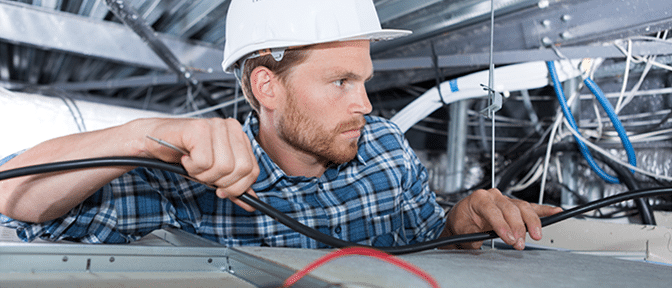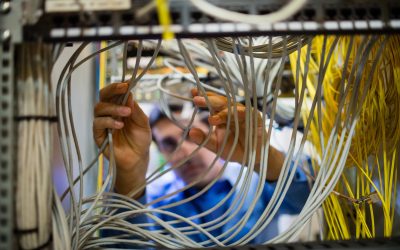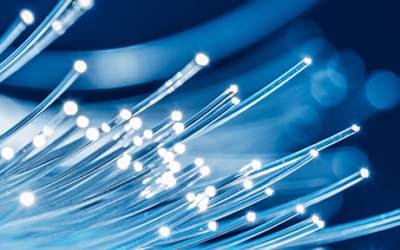Cable Containment in the DataCenter

Tags: fiber optic | infrastructure | installation | network
There are many types of cable pathway or containment methods and products available:
Tray or basket – These are generally the most cost effective and may provide the best solution in a collocation center where cabling change-outs and upgrades are common.
Raceways – These provide the best cable protection and partitioned pathway systems allow for both high and low voltage cable to be co-routed, achieving high levels of systems integration
Hooks, straps, lashing are not recommended, although hook and loop straps are useful for cord management, as these types of containment do not offer adequate support for high speed data cabling.
The high density of server and switching equipment results in a large amount of individual cables terminating in each Server Area and this may also happen at the Main Distribution Area – MDA. Pathways must be designed to accommodate this allowing for logical flow into the cross-connect fields, enough separation between different Server Zone cables to allow some degree of independent maintenance and upgrade and separation of fiber and copper runs and copper runs of different types such as CAT6A and lower specification BAS and Data/Voice cables.

Written by James Donovan
You might also enjoy
FO Connector Contamination – A Constant Threat
Fiber optic communication most commonly works in duplex or multifiber transmission by transmitting light to a receiver in one direction on a fiber and receiving transmitted light back to a second receiver on the second fiber. Most engineers can understand that and...
Why Inspect and Clean Fiber Optic Connectors?
Inspecting and cleaning of fiber optic connectors during installation and when making any patching, is essential. Any contamination on a patch cord connector will be transferred through the coupler to the connector it is mated to. Even when testing fibers with a test...
Cleaning MPOs
MPO connectors should always be inspected with a scope before they are used, be that on a patch cord or a bulkhead. If they need to be cleaned, one-click cleaners are keyed to ensure the tip only fits one way onto the connectors and is able to clean both male and...


